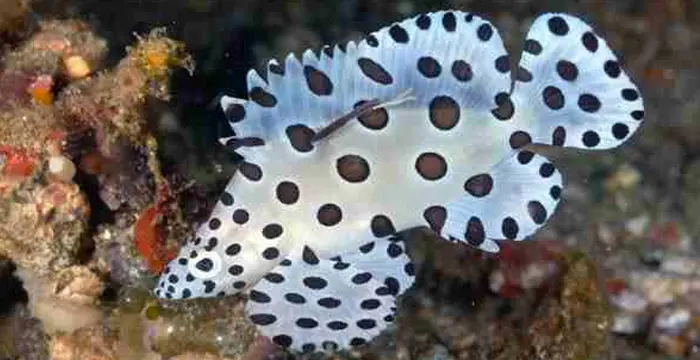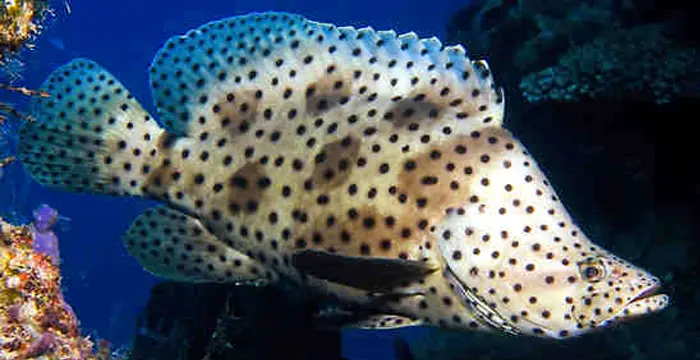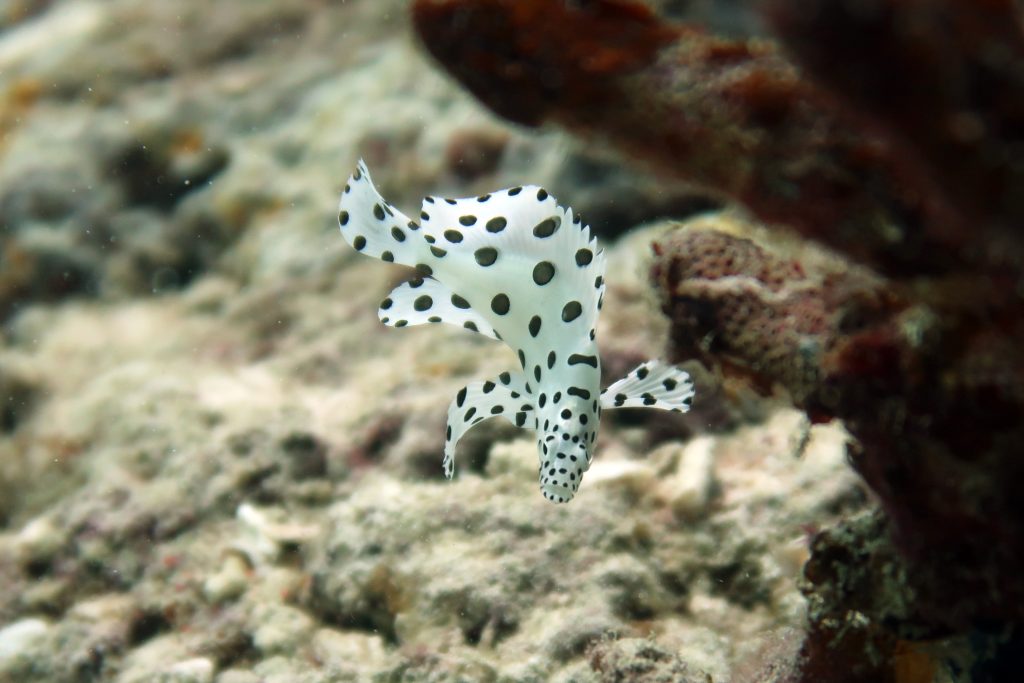Barramundi: Exploring El Nido's Enigmatic Grouper
Dive into the world of Barramundi, the Humpback Grouper, in El Nido’s waters. Learn about its habits, unique traits, and its conservation.
Marine Life in El Nido - Barramundi: A Fascinating Discovery
Discover the Barramundi, also known as the Humpback Grouper or Panther Grouper, a captivating member of the grouper family. Its name, rooted in an Aboriginal term for “large-scaled silver fish,” hints at its distinctive attributes. Flourishing in the Indo-West Pacific tropical waters, this species can reach lengths of up to 70cm. Spotting the Barramundi offers an exciting challenge, with better chances during sunrise or sunset. Its distinct body shape, as evident in the picture, sets it apart from its aquatic counterparts.
A Solitary Predator: Habits and Traits of the Barramundi
The Barramundi is a solitary predator, mainly preying on small fish, crabs, and even its own young on occasion. Impressively, this species displays hermaphroditism, capable of transitioning from female to male or vice versa. Typically, the larger individuals are female.
- Genus: Cromileptes
- Depth: 2 to 40m
- Diet: Carnivores
- Size: Up to 70 centimeters
Barramundi in Adulthood and Juvenile Stages
Adult Barramundi sport a grayish hue adorned with brown spots and black dots across their entire body. Conversely, juveniles showcase a captivating appearance, featuring a white body adorned with black spots reminiscent of a Dalmatian dog’s pattern. Interestingly, Barramundi swim vertically, positioning their head downward—a behavior that adds to their uniqueness. Notably, almost all Barramundi begin as males, transitioning to females at around three to four years old, resulting in a captivating courting dynamic.
Barramundi Conservation: Safeguarding a Valuable Species
Barramundi Cods face current threats, primarily due to their capture for the aquarium trade, which negatively affects their wild populations. To contribute to the conservation of this exceptional species, considering alternative seafood options can significantly impact their survival in the natural waters of El Nido.



